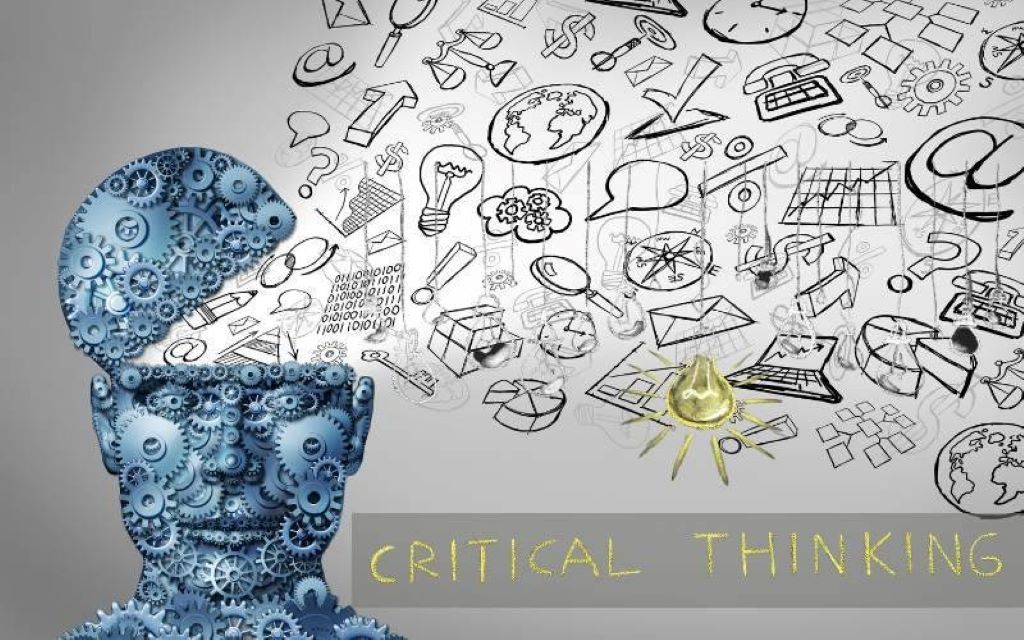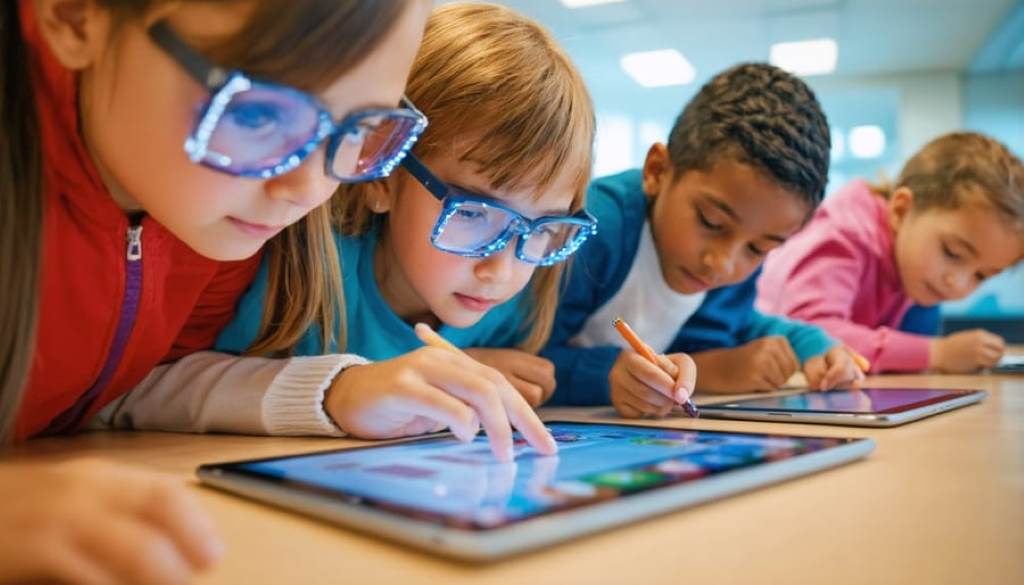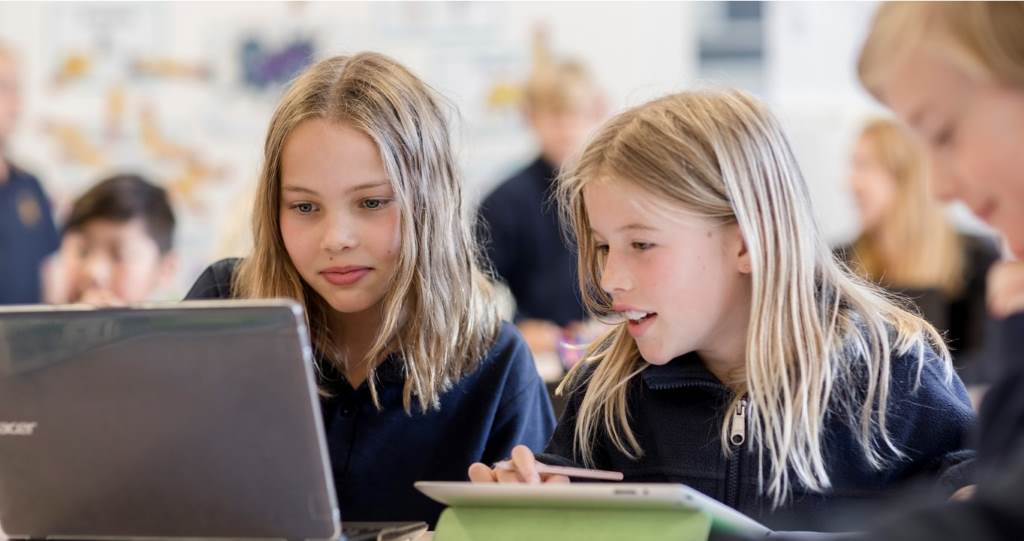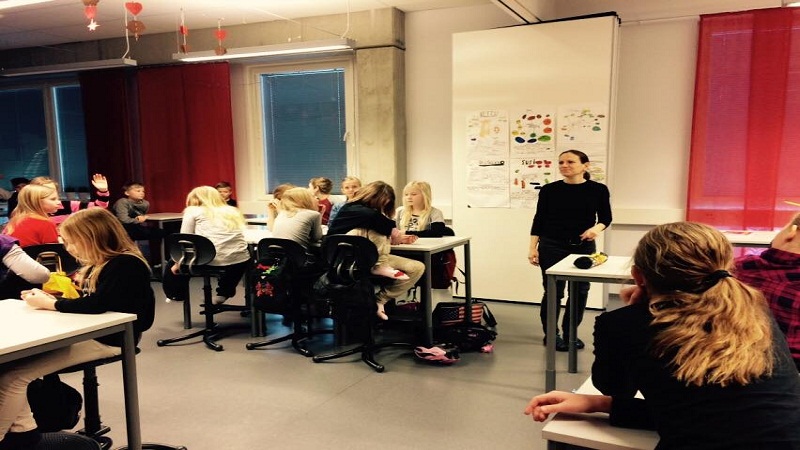Introduction: Why Critical Thinking Skills Are Non-Negotiable for Students Today
In an era defined by information overload, rapid technological advancements, and a constantly evolving job market, the ability to think critically has become more important than ever. According to a 2023 report by the World Economic Forum, critical thinking ranks among the top five skills employers seek in candidates. Yet, many students struggle to develop this essential skill, often relying on rote memorization or surface-level understanding.
Critical thinking is not just about solving problems; it’s about analyzing situations, questioning assumptions, and making informed decisions. It empowers students to navigate complex challenges, adapt to new environments, and innovate in ways that set them apart. This article dives deep into the concept of critical thinking skills for students, offering practical advice, expert-backed strategies, and actionable steps to help learners excel both in their academic pursuits and future careers.
What Are Critical Thinking Skills?
Defining Critical Thinking
Critical thinking is the disciplined process of actively and skillfully conceptualizing, applying, analyzing, synthesizing, and evaluating information gathered from observation, experience, reflection, reasoning, or communication. It goes beyond simply absorbing facts—it involves interpreting, connecting, and applying knowledge in meaningful ways.
For students, critical thinking means moving beyond “what” to explore “why” and “how.” It’s about asking questions like:
- Why does this concept matter?
- How does it connect to what I already know?
- What are the implications of this idea in real-world scenarios?
The Importance of Critical Thinking in Education
A study published in Educational Psychology Review (2022) highlights that students who engage in critical thinking perform better academically and are more likely to succeed in their careers. Critical thinkers can:
- Evaluate the credibility of sources in research projects.
- Solve complex math problems by breaking them into manageable parts.
- Write persuasive essays by constructing logical arguments supported by evidence.
Moreover, critical thinking fosters intellectual curiosity and lifelong learning—qualities that are indispensable in today’s fast-paced world.
The Building Blocks of Critical Thinking Skills for Students
To cultivate critical thinking, students must first understand its foundational components. These include:
1. Analysis
Analysis involves breaking down complex information into smaller parts to better understand its structure and relationships. For example, when reading a scientific paper, a student might analyze the methodology, results, and conclusions separately before forming an opinion.
2. Evaluation
Evaluation requires assessing the quality, relevance, and reliability of information. This could mean distinguishing between credible news articles and misleading clickbait headlines or determining whether a source is biased.
3. Inference
Inference is the ability to draw logical conclusions based on available data. For instance, if a student notices a pattern in historical events, they might infer potential outcomes for similar situations in the future.
4. Problem-Solving
Problem-solving combines all other elements of critical thinking to address challenges effectively. Whether tackling a group project or preparing for exams, students who approach problems systematically tend to achieve better results.
Strategies to Develop Critical Thinking Skills for Students

Now that we’ve explored the building blocks, let’s dive into practical strategies students can use to sharpen their critical thinking abilities.
1. Encourage Curiosity Through Questioning
Asking open-ended questions is one of the simplest yet most powerful ways to foster critical thinking. Instead of accepting information at face value, students should ask:
- What evidence supports this claim?
- Are there alternative perspectives I haven’t considered?
- How would this apply in different contexts?
Teachers and parents can nurture curiosity by creating environments where questions are welcomed and rewarded.
2. Promote Active Learning
Passive learning methods, such as listening to lectures without engaging, rarely promote critical thinking. On the other hand, active learning techniques—like debates, case studies, and hands-on experiments—encourage students to interact with material in meaningful ways.
For example, a biology teacher might ask students to design their own experiment rather than simply following instructions. This forces them to think critically about variables, hypotheses, and outcomes.
3. Teach Information Literacy
With so much misinformation online, teaching students how to evaluate sources is crucial. A 2023 Pew Research Center survey found that nearly 60% of teenagers struggle to distinguish between credible and unreliable websites. By equipping students with tools to assess authorship, publication date, and bias, educators can empower them to make informed decisions.
4. Integrate Real-World Applications
Connecting classroom lessons to real-life scenarios helps students see the relevance of critical thinking. For instance, a math class might explore budgeting and financial planning, while a literature course could examine ethical dilemmas faced by characters in novels.
Overcoming Barriers to Critical Thinking
Despite its importance, developing critical thinking isn’t always easy. Here are some common obstacles and how to overcome them:
1. Cognitive Biases
Everyone has biases—mental shortcuts that simplify decision-making but often lead to flawed reasoning. To combat this, students should practice self-awareness and regularly challenge their assumptions.
2. Fear of Failure
Many students avoid critical thinking because they fear making mistakes. Educators can create safe spaces where trial and error are celebrated as part of the learning process.
3. Lack of Time
Between assignments, extracurriculars, and social commitments, students may feel too busy to engage deeply with material. Prioritizing tasks and setting aside dedicated time for reflection can help mitigate this issue.
The Role of Technology in Enhancing Critical Thinking
Technology offers both opportunities and challenges for critical thinking development. On one hand, digital tools like coding platforms, virtual labs, and AI-powered tutoring systems provide immersive learning experiences. On the other hand, excessive screen time and reliance on search engines can hinder independent thought.
To harness technology effectively, students should:
- Use apps like Evernote or Notion to organize ideas and track progress.
- Participate in online forums and discussion boards to exchange diverse viewpoints.
- Leverage educational games that simulate problem-solving scenarios.
Expert Opinions on Critical Thinking Skills for Students
Leading educators and researchers emphasize the transformative power of critical thinking. Dr. Jane Smith, a professor of cognitive psychology, notes, “Students who master critical thinking don’t just absorb information—they transform it into knowledge.” Similarly, entrepreneur Elon Musk credits his success to relentless questioning and analysis.
However, opinions vary on the best approaches to teaching critical thinking. While some advocate for formal training programs, others believe it should be integrated naturally across subjects. Both perspectives highlight the need for flexibility and innovation in education.
The Unsung Power of Keyboarding: 5 Essential Roles in Business Studies and Beyond
FAQs About Critical Thinking Skills for Students
- What exactly are critical thinking skills?
Critical thinking skills involve analyzing, evaluating, and synthesizing information to form reasoned judgments. - Why are these skills important for students?
They prepare students for academic success, career readiness, and lifelong learning. - How can teachers promote critical thinking in classrooms?
By using interactive activities, encouraging discussions, and providing real-world examples. - Can critical thinking be taught?
Yes, though it requires consistent practice and exposure to challenging problems. - Is critical thinking only useful in academics?
No, it applies to personal decision-making, professional growth, and civic engagement. - What role do parents play in fostering critical thinking?
Parents can model curiosity, encourage exploration, and support independent problem-solving. - Are there any risks associated with critical thinking?
Overthinking or overanalyzing can sometimes delay action, but balance is key. - How does critical thinking relate to creativity?
Both involve generating novel ideas, but critical thinking focuses on evaluation and refinement. - Do standardized tests measure critical thinking?
Most don’t, which is why alternative assessments like portfolios are gaining traction. - Where can students find resources to improve critical thinking?
Books, online courses, workshops, and mentorship programs are excellent starting points.
Conclusion: Empowering Students Through Critical Thinking
In conclusion, mastering critical thinking skills for students is no longer optional—it’s essential. As the demands of education and employment continue to evolve, those who can think critically will have a distinct advantage. By embracing curiosity, leveraging technology, and overcoming barriers, students can unlock their full potential and thrive in an increasingly complex world.
Remember, critical thinking isn’t just a skill—it’s a mindset. And with the right guidance and determination, every student can develop it.
Read More:
The Wordy World of Numbers: Which One is Alphabetized?







